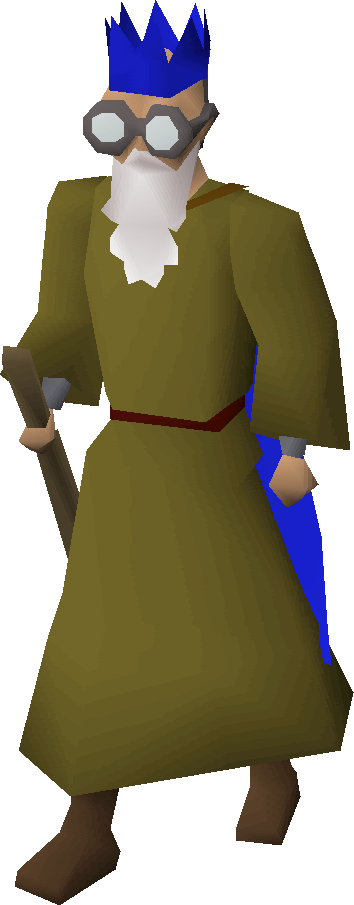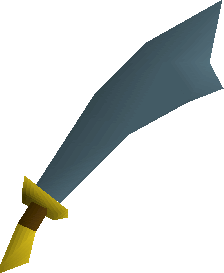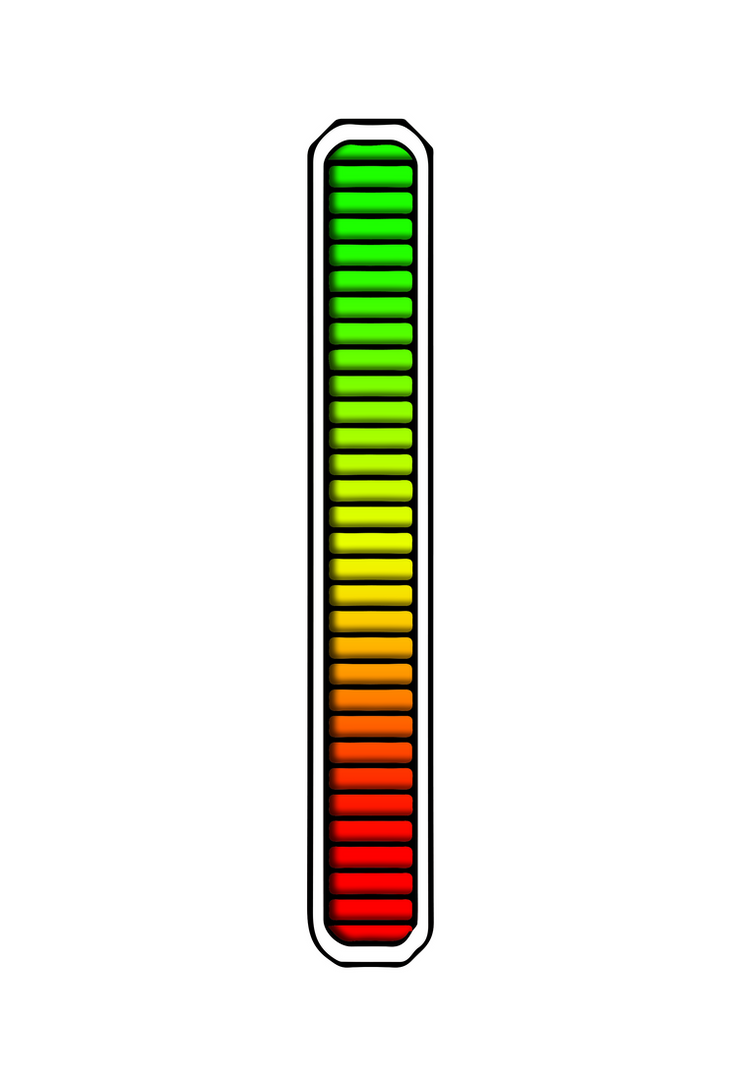The positive and negatives of Violence in video games and the media.
A lot can be said about violence in video games and the way the media like to portray it in there own light, adding there own spin or reflection on the matter.
Positives and negative to do with Gaming:
There are many good and bad sides of the gaming world, different things need to be taken into account and a different perspective is needed to look at some aspects of gaming. today i am going to be talking about the impact of computer games and there roll that they have on society as a whole.Negatives:
Excess playing
First of all i will be talking about the concerns of excess game time and the impact it can have on your life. there are a lot of downsides to excess play time on computer games and some of these go hand in hand with some other things i will be presenting on this list, one example is that from playing too long you could loose sleep from playing a game all day and all night, this can be a multitude of reasons as to why but i think many people can become addicted to the game they are playing, a quote from here says this "International studies have shown that between seven and 11 per cent of gamers show some symptoms associated with addiction." this shows us that quite a few kids are addicted to some type of video game, and a lack of sleep can lead to a lot of problems such as: fatigue, lack of rational thought, hard to make clear decisions and feeling depressed.
First of all i will be talking about the concerns of excess game time and the impact it can have on your life. there are a lot of downsides to excess play time on computer games and some of these go hand in hand with some other things i will be presenting on this list, one example is that from playing too long you could loose sleep from playing a game all day and all night, this can be a multitude of reasons as to why but i think many people can become addicted to the game they are playing, a quote from here says this "International studies have shown that between seven and 11 per cent of gamers show some symptoms associated with addiction." this shows us that quite a few kids are addicted to some type of video game, and a lack of sleep can lead to a lot of problems such as: fatigue, lack of rational thought, hard to make clear decisions and feeling depressed.
social isolation
Next is social isolation, this is quite common among video game addicts as they lack social skills that most non game addicted children/teenagers have, this can be caused by playing too much computer games and not socialising with friends/family outside of the games. Yes you can socialize with other people around the world in a video game but it can only go so far, as most of the time the players are talking about the game and trying to team up to complete the objective. another reason why kids can be become isolated from society is that the kids become attached to the game because they have a companionship with the game as it fills the roll of friends. a great example of this is World Of Warcraft, this game is meant to be played for a very long period of time and most people can find themselves becoming addicted to it.
thirdly is the cost of video games, not necessarily the overall cost of the physical game itself but also the toll it takes on your life. on example of this is a subscription based game like Runescape, costing around 7 pounds a month, now this may not seem like a lot at the time but this can add up, especially if you have been playing Runescape for a very long time. another example is the cost of sleep that the gamer will experience, as i previously mentioned in excess playing which i think i summed up enough.
Lots of games set your player in a fantasy world,a world quite different from our own, this is fundamental for some games roles, but it does h
elp kids get addicted to video games making them want to live there lives in this world instead of their own, as they may be bullied in real life or have a terrible home life and so to substitute for this they play online games. doing this is quite dangerous and the child could later on find it hard to distinguish themselves from the fantasy world and there real lives. one example of this is joshua J nimm who was a boy who shot himself while reenacting a scene from his favorite game halo. the full story can be found
Hand eye coordination/Brain training
Now we are moving on to some of the benefits of games starting off with hand eye coordination and brain training in games. Some games offer to help brain training with actual games like Brain Training on the Nintendo DS. but most games offer some type of brain training exercise and or hand eye coordination exercise. for example puzzle games offer a lot of help with problem solving and offer a good learning curve for young children and teens, most games like first person shooter offer hand eye coordination for example if you where using a sniper you would have to be very accurate with it and develope a lot in this sector.
Now moving onto the Positives of gaming which include:
Now we are moving on to some of the benefits of games starting off with hand eye coordination and brain training in games. Some games offer to help brain training with actual games like Brain Training on the Nintendo DS. but most games offer some type of brain training exercise and or hand eye coordination exercise. for example puzzle games offer a lot of help with problem solving and offer a good learning curve for young children and teens, most games like first person shooter offer hand eye coordination for example if you where using a sniper you would have to be very accurate with it and develope a lot in this sector.
Thinking and strategy skills
Next is thinking and strategy skills, these can be seen in top down real time strategy games like for example Starcraft or Warcraft, in these games you normal take control of a unit to destroy/take over an enemies territory to win the objective. these games require an immense amount of thinking and strategy skills to out wit and flank the enemy team, especially if you are playing online against someone who is playing the game more than you are and therefore has more experience than you do. research done by the queen mary university of london have done an experiment in which participants either play one of two games, the sims or starcraft. here is a direct quote from the findings which can be found here, "Findings showed that subjects who played "StarCraft" were quicker and more accurate in performing cognitive flexibility tasks than those who played "The Sims.".
But what is to come for gaming of the future and the impacts it may bring? who knows, but we can hazard a good guess. with games becoming more philosophical and more in depth i believe that they will be accepted more as an art for by the newer generation than just a silly console or past time by the older generation. games may even be used to help surgeons for training on very hard to do operations. one example of this can be found here. the website shows a study in which surgeons where recorded before and after playing video games while performing laparoscopic surgerys. "Overall the 33 participants scored 33% better on a skill test called Top Gun. Participants that played more than 3 hours a week scored 42% better.".
(all of the points above can be found on my blog here)
Hypodermic needle theory.
I think the hypodermic needle theory in terms of games like manhunt are completely skewed by the media in terms of the long lasting effects that video games have on society, specifically violent video games. in this video here a scientist regulated areas of the brain active when participating in playing a violent video game compared to watching acts of violence in real life. whats interesting is that he found that two areas of the brain both lit up during the experiments, these parts of the brain being emotions towards the people in the video/video game. but surprisingly when it came to the person playing the video game there was a separate part of the brain that was also active. this part of the brain was actively blocking the receptors that where showing remorse for the person, indicating that the brain knew that the violence on screen wasn't real providing very strong evidence that video games in fact do not have have negative connotations when it comes to the mind.




